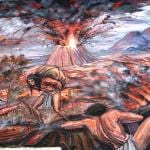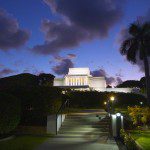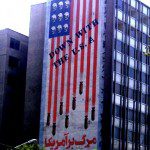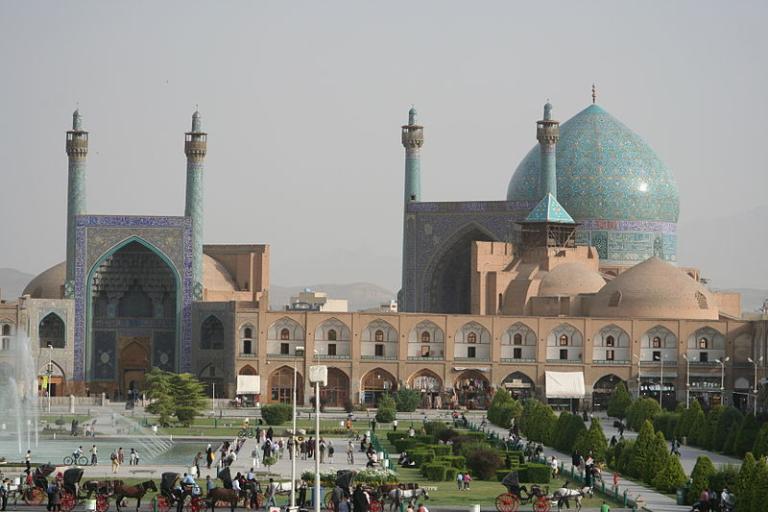
As I sit in the airport at Kansas City, waiting for a flight back to Salt Lake City that has been repeatedly delayed, news has just come out that American B2 bombers have struck nuclear sites in Iran, including Fordow, Natanz and Isfahan. The bombers are now safely out of Iranian airspace.
The big remaining question is whether the Iranian nuclear facilities have been destroyed. Israel has already used “bunker buster” bombs in the current conflict (as well as in its pre-existing war against Hamas) and has done considerable damage to both Iranian military leadership and Iranian war-making capacity, but it evidently lacks the most advanced and powerful “bunker busters” and was apparently unable for that very reason to completely eliminate Iran’s capacity to manufacture nuclear weapons. The United States possesses the most advanced defense-piercing weaponry, though, and that is why American forces have gone into battle.
It is unclear what the repercussions of American involvement will be. Happily, and whatever one thinks of the ways in which this was accomplished, Iran’s proxies surrounding Israel — e.g., Hamas and Hizbullah and the Assad regime in Syria — have been greatly weakened if not altogether wiped out (in recent Israeli campaigns and by a Syrian revolution) and Iran’s military has been seriously weakened. Surrounding states in the region (apart from Israel, of course) will probably protest very loudly. I’m confident, however, that many of them will be quietly gratified, if not altogether jubilant, at the thought that any possibility of a nuclear Iran has been averted for the foreseeable future. They have long worried about what one Arab leader fearfully described as a “Shi‘ite crescent” extending up from the Persian Gulf through Shi‘ite Iran and predominantly Shi‘ite Iraq (once led by a Sunni minority regime under Saddam Hussein, but no longer) and then down through Syria (led, under the Assads, by a quasi-Shi‘ite minority regime that sponsored the militant Shi‘ite group Hizbullah).
America’s entry into this conflict could precipitate unrest across the Islamic world or, alternatively, it could usher in a period of comparative peace, with the region spared the threat posed by a potential Persian Shi‘ite regional hegemon wielding nuclear-tipped ballistic missiles. The ideal result of all this would be the collapse of the current Iranian regime but, although I wish it, I don’t foresee that happening anytime soon. Still, I would be delighted to be surprised.
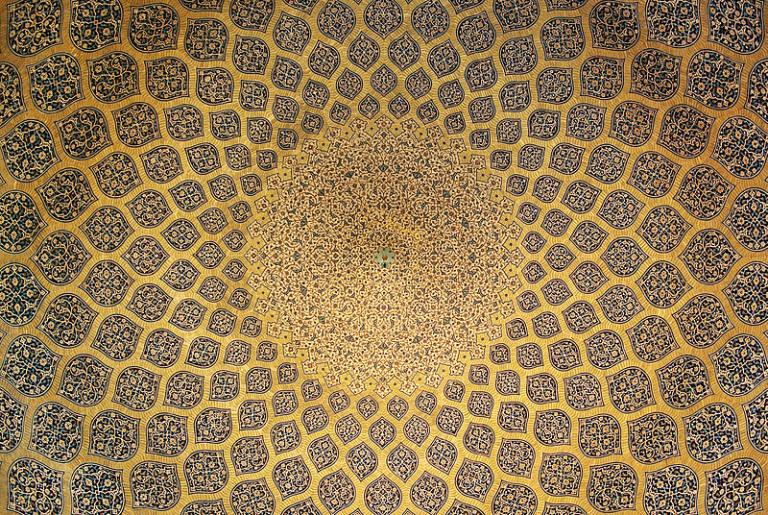
(Wikimedia Commons public domain image)
I’ve been to the beautiful city of Isfahan. I presume that the strike on the nuclear facility there did no damage to the wonderful historic core of the Safavid city; it seems (and it seems reasonable) that the nuclear works were outside of town. I was invited during my recent conference in Uzbekistan to participate in a conference in the Shi‘ite holy city of Qom. The nuclear facility at Fordow is (or was!) burrowed into a mountainside near Qom; I doubt that I’ll be participating in a conference in Qom this October on comparative Christian and Muslim ethical theories.
If the facilities at Natanz, Fordow, and Isfahan have been eliminated, though, that will be a significantly good thing for the well-being of the region and, I think, of the world. I hope that casualties, and especially civilian casualties, have been minimal. I like the Iranian people.
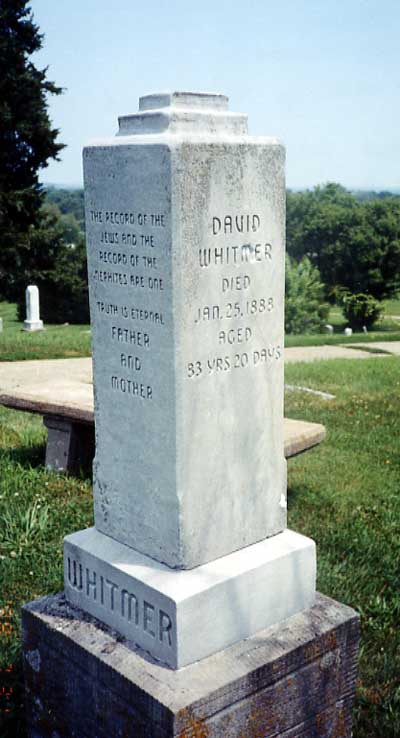
(Public domain photograph by Tom Denardo, from Wikimedia Commons)
Our team from RedBrick Film Works went out early this morning to collect B-roll footage. Then, because our flight wasn’t scheduled to leave until early evening — how naïvely optimistic we were this morning! — we joined together to drive out to Richmond, where we visited the grave of David Whitmer, the Pioneer Cemetery where Oliver Cowdery and many of the other Whitmers are buried, and the county courthouse, where a larger than life-size statue of Alexander Doniphan stands before the building. Nobody has asked my opinion about this, and some such thing may already exist, but, in my view, if the law school at Brigham Young University doesn’t already have an award or a professorship or an annual lecture named after Alexander Doniphan, it most certainly should have one. If I possessed the financial means to do so, I would establish some such honor for him. He deserves it.
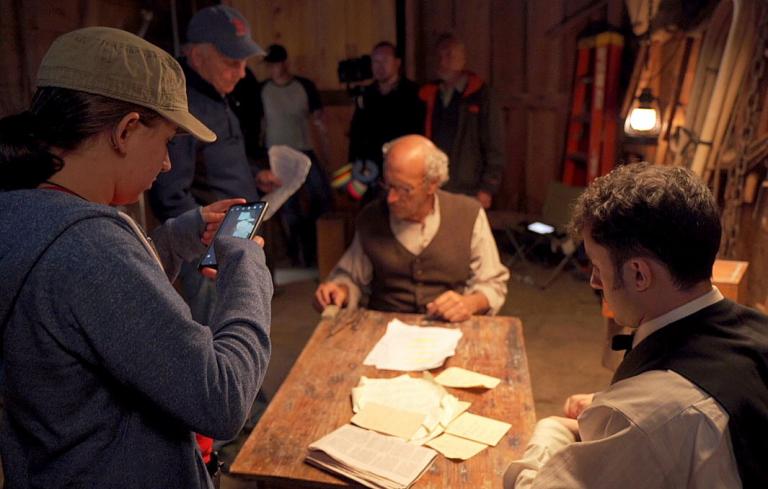
I published an article in Meridian Magazine on Thursday that some of you might be able to tolerate: ““Believe”: A Thoughtful Defense of Religion in a Secular Age”:
“In an age where unbelief is often assumed, “Believe” dares to suggest that religion may actually be the most rational worldview.”
I commend the book to your attention, and to the attention of anybody who is considering whether it’s still possible in Our Age of Science and Reason to be a religious believer.
Posted from Kansas City, Missouri


